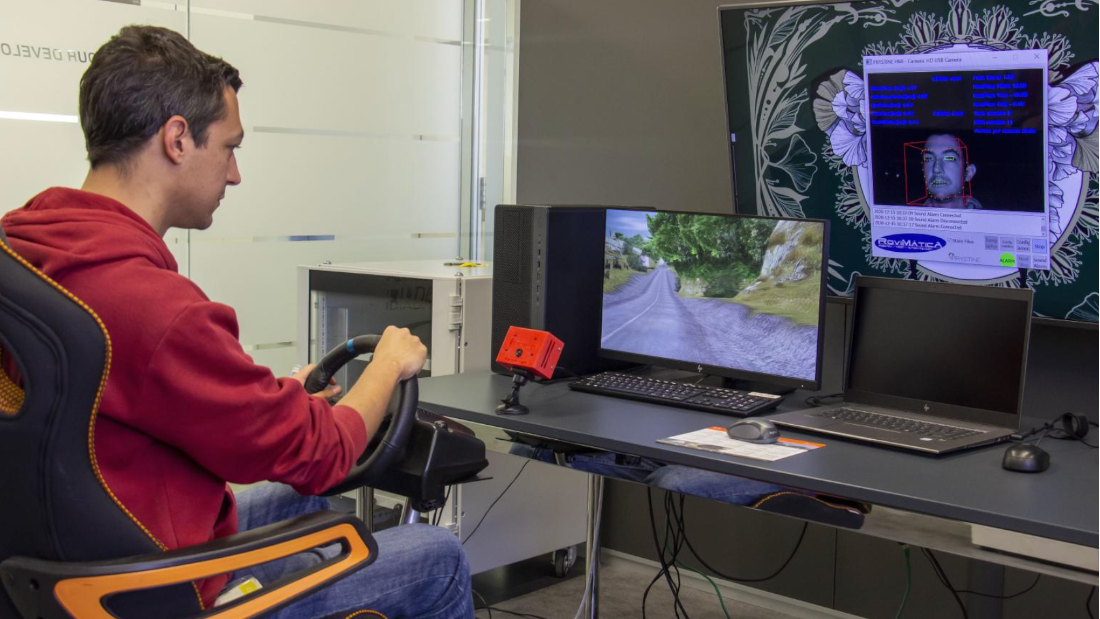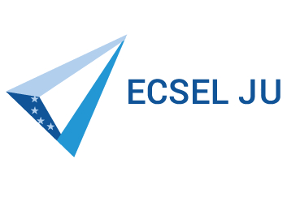Programmable Systems for Intelligence in Automobiles

About the PRYSTINE Project
Overview, Goals, Objectives
Descriptions and Videos
Overviews and links
Posters, Presentations, etc.
Acknowledgement
PRYSTINE has received funding within the Electronic Components and Systems for European Leadership Joint Undertaking (ECSEL JU) in collaboration with the European Union's H2020 Framework Programme and National Authorities, under grant agreement n° 783190





